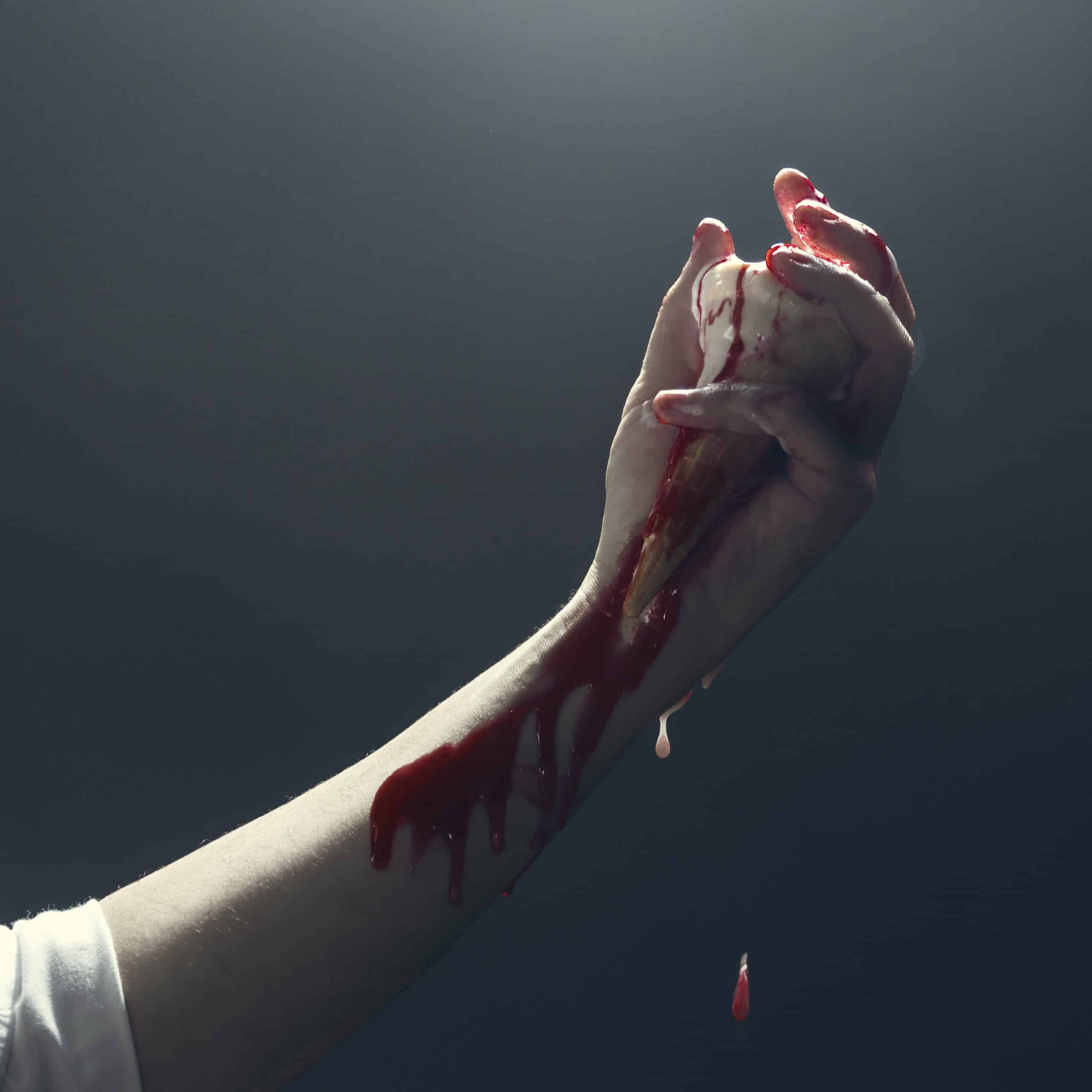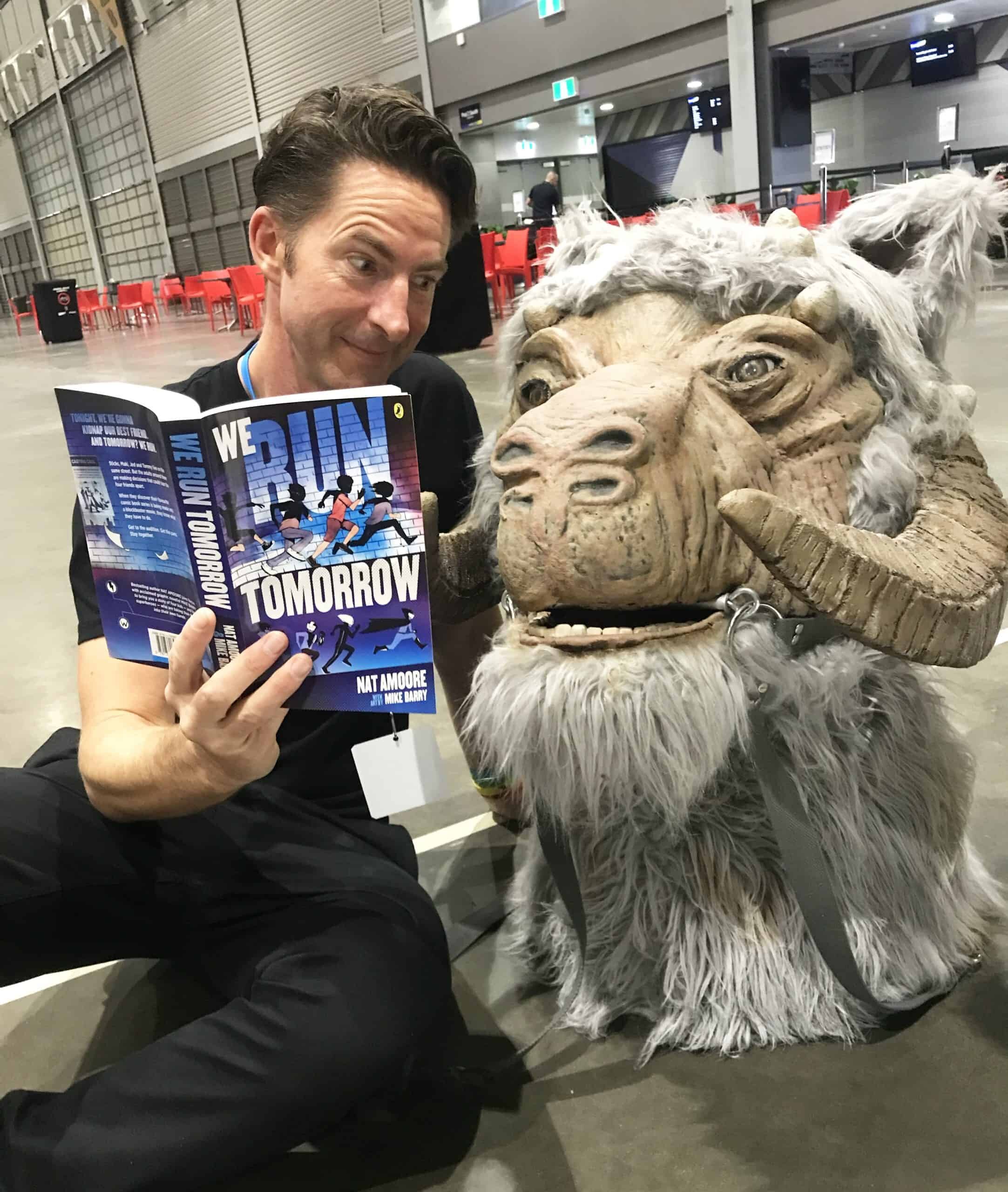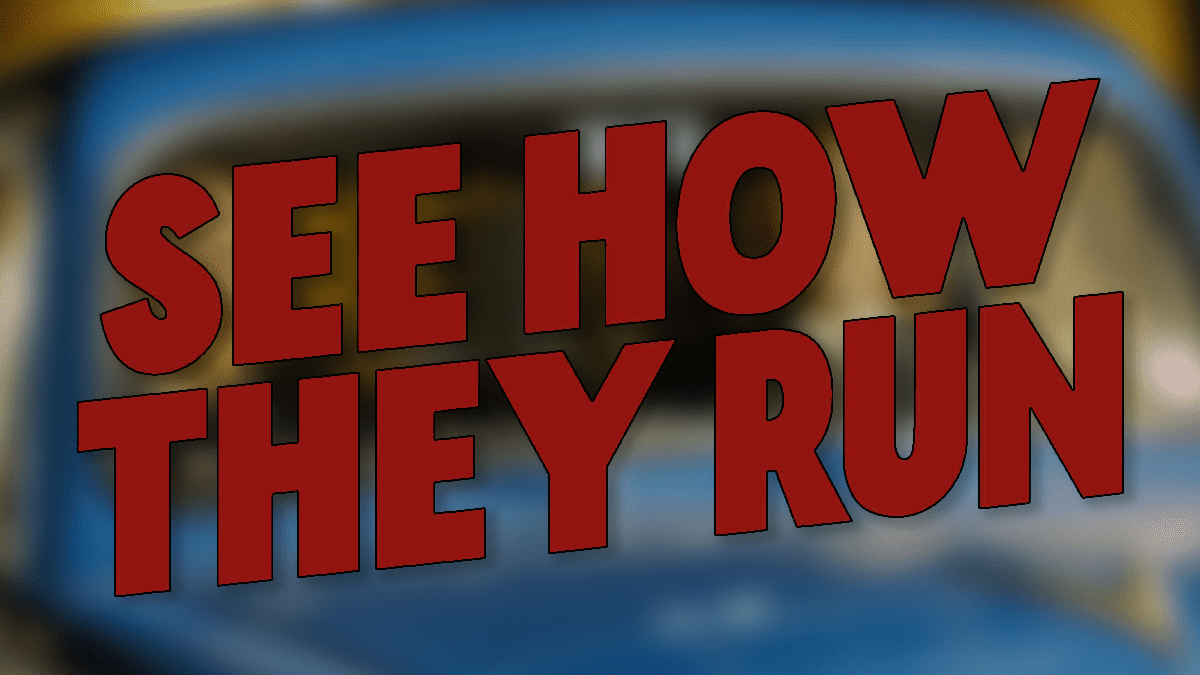Matt Battaglia’s Ghosts of the Carousel
The past can be harrowing. It can be a long and endless night, racked with the macabre guilt of one’s own personal demons. And just like the cold night, your own demons can cast an endless shadow of fear and regret.
This is what comic book creator Matt Battaglia discovered when dealing with some of his own personal demons through the creation of Ghosts of the Carousel (available now through Dauntless Stories). I caught up with Matt earlier this week to discuss the inner workings of Ghosts of the Carousel.
Ghosts of the Carousel is a dark admission of guilt and about letting go of ones demons. How did developing the story start?
Matt Battaglia: The first 12 pages were done in 2019, sort of a nightmare I had that I developed into the short that opens the book. I had the idea for and drew the sequence with the dog sometime towards the end of 2020 (my dog died in 2020 and that sequence was me processing it) and the rest I finished up over the past few months. When I set out on making the second half of the book I had some broad bullet points in my head for what the story was and where things were going. I just wasn’t entirely sure how long it’d take to get to that ending.
So the process of making it was me basically drawing the big moments and then going back and slotting in additional pages as I thought necessary. As my first solo book that’s being published I think it’s important to not overstretch too much on the writing end of things and instead focus more on the mood and emotion of the piece which I think is where my strengths are.

The choice to have this comic as Black and White certainly adds to the macabre feelings that 90% of this story leaves you with. Can you speak to the decision about going with a Black and White story? Was this purposeful from the beginning or did it change as you played around with different moods?
Matt Battaglia: Going black and white was purposeful from the beginning, for two reasons, one it fits the story and atmosphere, two – I hate coloring. I got my start in published comics by coloring other people’s art – but generally if I can avoid coloring I do my best to. It’s often really hard for me to come up with a digital coloring style that blends with the lineart well and usually there’s a pretty long lag between me coloring projects that everytime I try – I have to re-learn the whole thing over again.
The next book I’m doing will be in color, so I’m trying to work out a flat color scheme for it which I think tends to look the best. I’m also trying to pick up watercolors again as I think that would be the best way to get everything to feel coherent – but I’m still a ways off from figuring that out.
Speaking of moods, Ghosts of the Carousel bleeds out with mood and a darker tone than most of its contemporaries currently on the stands. What is it about this story that sets it aside from other comics?
Matt Battaglia: I think there are a few things that set Ghosts of the Carousel apart from other books on the stands – mood being one – but the other thing is – it’s not a plotty book. I tried to take more cues and inspiration from music rather than comics or books, I want it to land somewhere between Bruce Springsteen’s Tunnel of Love album and Gaslight Anthem’s The Patient Ferris Wheel.
I can’t remember where I read it, but Paul Pope had either written some piece or done an interview where he referenced his association between music and comics, and that was really instructive to me, especially looking at his short works collected in One Trick Rip-off/Deep Cuts book. Something I had wanted the book to have was a sense of rhythm and pace that owes more to manga or European sensibilities. As far as the story is concerned, I tried my best to not completely spell things out for the reader and instead allow the reader to bring some of themselves to the work.
A lot of the current comics landscape (I guess to be specific we’re talking the stuff you’d find on a Wednesday in a comic shop) are high concept genre mashups or large world building exercises, and Ghosts of the Carousel really is neither but I think it offers an emotional arc and journey that is harder to find in those aforementioned books.
There’s an air of loneliness and despair. Tell me about the moment or moments in your life you tapped into to flesh out the story.
Matt Battaglia: There are a few – but I’d rather keep those to myself. My hope is that people can take the threads that I’ve put in there and bring some of their own experiences to the work, so I don’t want to put too much of “what the book means to me” out there.
I will admit that the ending of the book is representative of meeting my wife. We met at a Southside Johnny concert and the song that’s “playing” on the pages was the song we were trying to get Southside to play at the show and the song that was our wedding song. My hope is that the message is that while the “devil” tends to be lurking around the corner at any moment – going through life with a partner helps make things easier.
Despite the ending of Ghosts of the Carousel, I still felt like there’s many things within the pages that aren’t resolved. What’s the message here?
Matt Battaglia: Well I think you hit the message in your question – not everything gets resolved. Your past and the things you experience in life, you carry that with you forever – it’s about making a decision to bear that weight and find reasons to live. I think over the past two years everyone’s got all kinds of new emotional weights to carry – so I hope this is a message that resonates. Nothing gets neatly tied up, there are people that you never get to say goodbye to, regrets that don’t ever get fixed. Life’s messy and I think that that’s something that fiction should sometimes acknowledge.
The comic ends with a lovers embrace and the words “I was lost.” Have you been “lost” in your life? Does Ghosts of the Carousel echo your own life?
Matt Battaglia: I think everyone gets lost from time to time in life, and while there are certainly a number of elements in the book that are echoes of my own life – I’m not going to expand on them – although I think there are some obvious things in there.
Part of my goal with actually releasing this book and not just keeping it sitting in a drawer at home – is to hopefully allow people to read it and color in some of their own thoughts and experiences. The main character isn’t named or given much ‘character’ so as to hopefully make him feel like a cipher.
My hope is that the ending plays to a need for people to find connection to help them overcome pain and loss, whether that’s the communal concert, a loved one, a friend, whatever.
Want more Creator Interviews?
RELATED ARTICLES:
1. J. Gonzo on La Mano del Destino
2. Ricardo Delgado on Dracula of Transylvania
3. Bete Noir’s Andrew Clemson talks growth through Comic Book Writing
4. NOTTINGHAM’s David Hazan talks his Secret Weapon: Lady Marian










